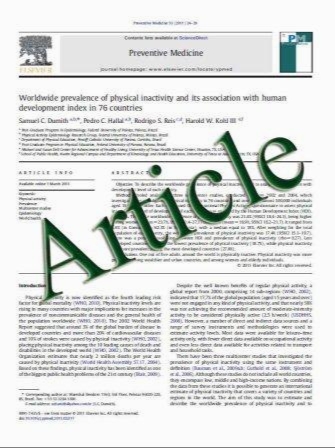Presenting features and outcome of chronic lymphocytic leukemia patients diagnosed at age 80 years or more. An ICLLSG study
- نوع فایل : کتاب
- زبان : انگلیسی
- مؤلف : Osnat Bairey & Rosa Ruchlemer & Neomy Rahimi-Levene & Yair Herishanu & Andre Braester & Alain Berrebi & Aaron Polliack & Avraham Klepfish & Lev Shvide
- چاپ و سال / کشور: 2011
Description
Although the incidence of chronic lymphocytic leukemia (CLL) increases exponentially with age, data on patients 80 years or older at diagnosis are sparse. The records of patients diagnosed with CLL at age .80 years at seven medical centers in Israel during 1979.2009 were reviewed. Patients included 118 men and 96 women with a mean age of 84 years (range 80.94). Diagnosis was established in 56.5% due to routine blood count; 56% had Rai stage 0 disease and 25% of the patients received treatment. By June 2010, 72% had died. Mean survival was 67.7 months (median 56پ}5.4 months) and 5-year survival rate 47.2پ}3.6%. On univariate analysis, factors associated with better survival were age <84 years (p=0.002), early Rai and Binet stages (p=0.023, 0.003), low white blood cell count at time of diagnosis (p=0.015), low ƒہ2 microglobulin level (p=0.006), diagnosis by routine blood test (p<0.001), and low CD38 level (p=0.036). Multivariate analysis using Cox regression revealed that younger age, low white cell count, and diagnosis by routine blood test were independent predictors of good prognosis (hazards ratios 1.8, 1.6, and 1.9, respectively). Patients diagnosed with CLL at age .80 years may expect to live a long life. This study identifies several factors predicting good prognosis which are easy to obtain.
Ann Hematol DOI 10.1007/s00277-011-1259-3 Received: 7 January 2011 / Accepted: 10 May 2011


